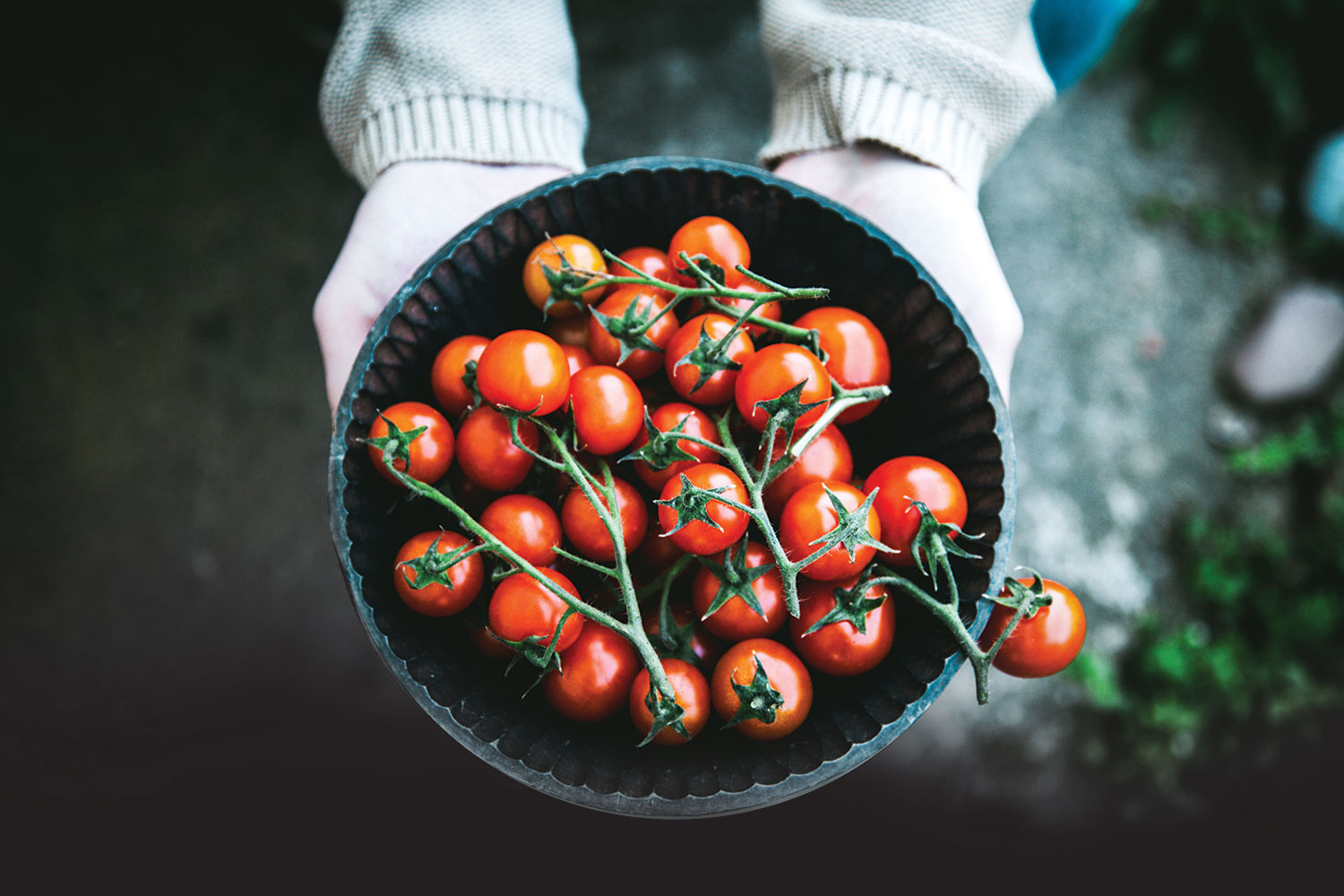
Getty Images
Feb. 07, 2018 | Donna Balzer
From seed to sauce
 Grow what you need to make the best homemade pizza
Grow what you need to make the best homemade pizza"Are you the gal who left the free tomatoes outside your gate last week?"
My "Free – help yourself," sign last summer had invited everyone to take home gorgeous, fresh tomatoes, and I thought the man was stopping by to thank me. While growing tomatoes is the first step to making the perfect homegrown pizza, I grew too many last year and I was happy someone had noticed my generosity.
"I just wanted you to know they were the worst tomatoes I've ever eaten," the man continued.
I was crushed.
The tomatoes I shared were pretty, but the man was right. They were tough and tasteless. If you want to grow the best pizza, don't make the same mistake I did. Instead of dedicating space to growing tasteless or watery fruit, order seed now and grow your own sugar-packed paste tomatoes.
Step 1: If you missed planting garlic outdoors last fall, plant it indoors in March or outdoors this April when it starts sprouting at the organic grocery stores. Tuck garlic cloves pointy side up between your flowers or in pots on your patio. Garlic is harvested in July, and the heads last all winter on the counter with no special treatment.
To use in pizza, trim the pointy tips off a full garlic head, drizzle with olive oil and bake in foil in a 350-degree oven while you start making dough. After half an hour of baking, squeeze the warm garlic gloves from the head onto your raised and rolled crust.
Step 2: Order seed now for quick-growing, great-tasting paste tomatoes, such as the "Juliet" variety, and start growing them indoors in mid-March. Move the small plants outside in spring and toss the whole fruits as-is into bags in the freezer when ripe. Between harvests, pull out and slice two or three partially thawed paste tomatoes for your pizza. I lay the papery slices directly on the dough and don't bother making tomato sauce. It is so unnecessary.
Step 3: Look in the Fridge
Odds and sods of leftover cheese add salty goodness to pizza. I found smoked gouda, aged parmesan and intensely flavoured blue cheese in my fridge. I also found a leftover hamburger and crumbled that on the pie.
Step 4: Nutritious Filler
I top my pizza with a generous handful of spicy "wild" arugula. Right now, I'm growing arugula indoors under lights. Even in the tiniest apartment, there is room for a shelf and a grow light for greens, and this crop is ready from seed in eight days. In April, I seed arugula directly outdoors, repeating the seeding process monthly, so I always have a fresh pot or patch to harvest.
Step 5: Tasty Herbs
In the summer, I clip rosemary and chop the fresh leaves finely. Rosemary loves a sunny patio pot outdoors in May, but doesn't tolerate fall frost.
Today, I use fall-harvested rosemary dried on paper towels and stored in a jar in the cupboard.
Step 6: After baking the pizza in a hot oven on a special pizza stone (no outdoor pizza oven yet), I sprinkle the pie with a chopped handful of homegrown microgreen basil. It takes a month or so to grow fresh basil under lights, but the flavour is intense.
Summary: The tomatoes the man complained about were very pretty, but sadly, tasteless. I paid a premium for the hybrid "Hamlet" seed, but the flavour just wasn't great. Today, I prefer growing drier paste tomatoes like "Juliet" because the large, beefsteak types are usually too wet and sloppy for pizza.
If you want to grow your own pizza, I suggest you grow your own garlic, paste tomatoes, arugula and herbs. Unless you have a cow, you'll probably have to buy the cheese and meat.
Dough is easily made by hand or in a Vitamix machine in under a minute. So, what are you waiting for?
Donna Balzer's latest book is "Three Year Gardener's Gratitude Journal: Part Diary, Part Personal Growing Guide." For more information about gardening in Calgary, visit donnabalzer.com.
Tagged: Donna Balzer | Garden | Gardening | garlic | Guest Column | Tomatoes




